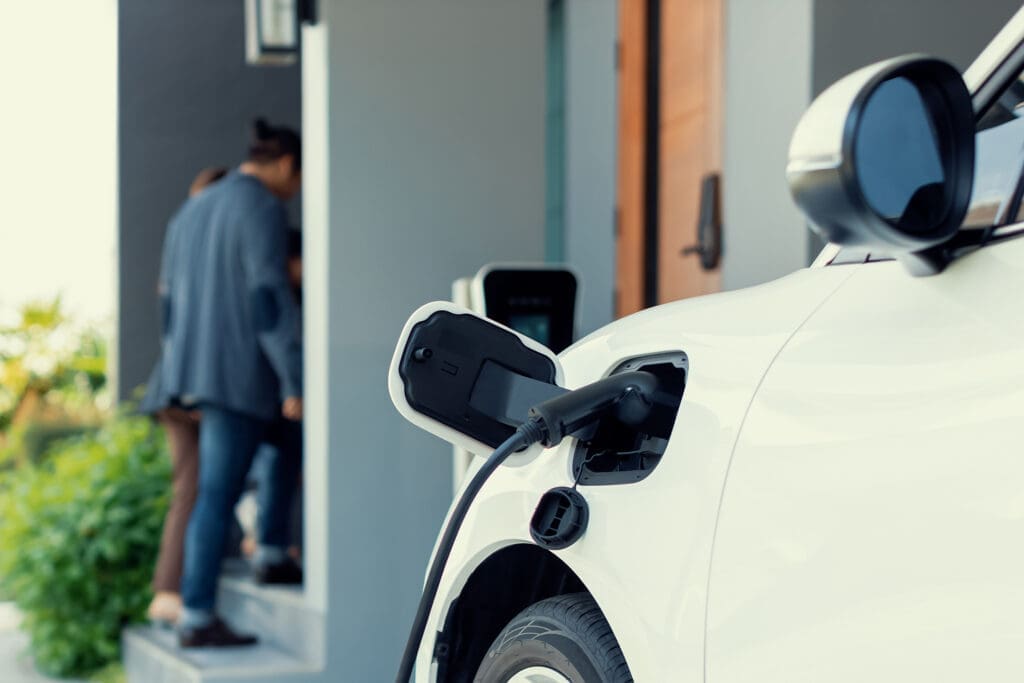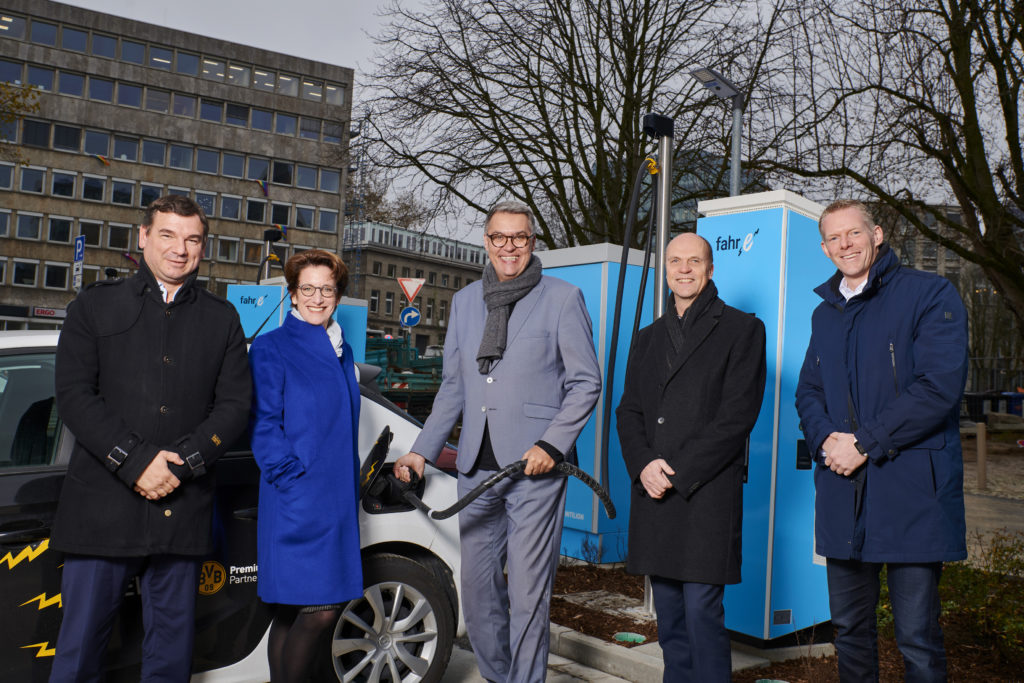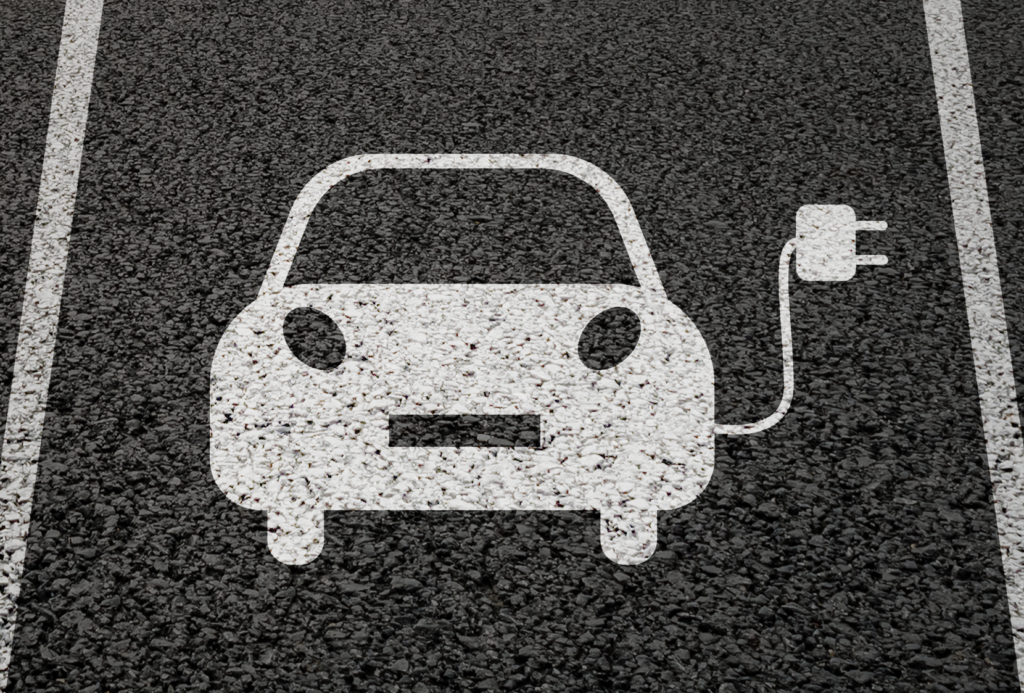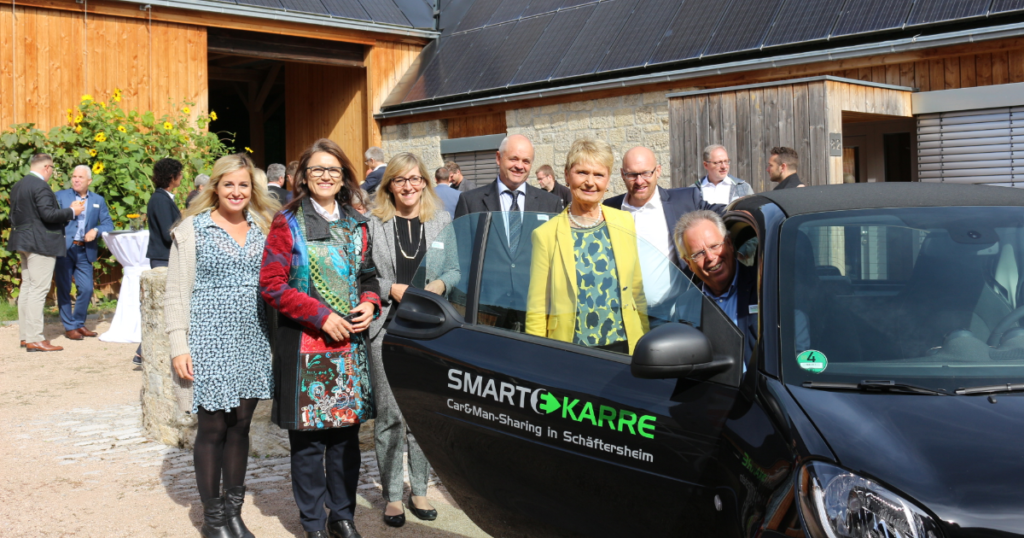EV charging requirements and benefits
Overview
EV charging requirements
To facilitate EV charging, sufficient charging points must be installed. This is particularly important in business settings where multiple vehicles may need charging simultaneously.
For quicker charging, the installation of fast chargers or hyperchargers is essential. This is increasingly important in commercial environments where time efficiency is key.
To enable simultaneous, fast charging of multiple vehicles, a robust power supply is essential. This can be more challenging in business settings due to higher demand.
Given that the existing power grid may not always meet these high power demands, the integration of energy storage systems (like batteries) is a viable solution. This helps in stabilizing the grid and ensuring uninterrupted charging.
How does EV Charging work?
Basic mechanism
EV charging is a process where electrical energy is transferred from a power source directly to the vehicle’s battery. This process can vary significantly in speed, primarily depending on the type of charger used. Standard chargers, often used at home, typically take longer to charge a vehicle compared to fast or hyper chargers found in commercial settings.
Energy storage and its increasing role
In the context of EV charging, energy storage systems are becoming increasingly significant. These systems are not just auxiliary units; they are integral in managing the energy demand and supply, especially in scenarios where the grid is under strain or cannot supply sufficient power.
Energy storage systems function by storing electricity during periods of low demand (off-peak hours) and then releasing it during peak times. This capability is particularly beneficial for EV charging in two main ways:
- Grid support and stabilization: By providing a buffer during peak demand times, energy storage helps in stabilizing the grid. This is crucial as the widespread adoption of EVs can lead to significant increases in electricity demand, which, if unmanaged, could lead to grid instability.
- Optimized charging solutions: With energy storage, there is an opportunity to optimize charging schedules. For instance, energy can be stored when renewable energy production is high (like during peak solar hours) and then used for EV charging during the night or other peak demand times. This not only ensures a steady supply of energy for EVs but also maximizes the use of renewable energy sources.
Moreover, integrating energy storage with EV charging stations can be a game-changer, especially in areas with limited grid capacity. It allows for the installation of more charging stations without the need for extensive grid upgrades, thereby accelerating the roll-out of EV infrastructure. This is particularly relevant for business settings where the demand for fast and efficient charging is higher.
In summary, energy storage systems play a pivotal role in facilitating efficient and reliable EV charging. They not only help in balancing the grid but also ensure that EVs can be charged using renewable energy, further enhancing the environmental benefits of electric vehicles. For a more detailed understanding of EV charging mechanisms, the Natural Resources Defense Council (NRDC) offers comprehensive insights on their website Electric Vehicle Charging Explained (https://www.electromaps.com/en/charging-stations).
5 advantages and disadvantages of EV charging
Advantages:
Reduction of CO₂ emissions: Electric vehicles do not emit CO₂ when driving, making them more environmentally friendly.
Less noise: Electric vehicles are much quieter in operation than traditional cars
Lower operating costs: No expenses for gasoline or diesel.
Promotion and subsidies: Many governments offer incentives for the purchase and operation of electric vehicles.
Environmentally friendly: EV charging promotes the use of renewable energies.
Disadvantages:
Current ranges: Some electric vehicles still have a limited range compared to gasoline or diesel vehicles.
Charging infrastructure: In many areas, the charging infrastructure is not yet sufficiently developed.
Grid overload: Electric vehicles can overload the electricity grid, which can lead to outages or instability.
Charging times: Charging can take longer than conventional refueling.
Increased electricity demand: The increased use of electric vehicles leads to higher electricity demand and can result in higher electricity costs.
Benefits with INTILION energy storage systems
Installing a battery storage system avoids the need to remove the transformer. This is associated with time-consuming and cost-intensive work and approvals.
Depending on your requirements, we can also expand your grid connection capacity by connecting several battery storage systems in parallel.
The use of self-generated energy and the avoidance of peak loads reduces the electricity procurement costs and grid charges to be paid.
Battery storage systems allow more electric vehicles to be charged in a timely manner, thus improving the company's carbon footprint
Our battery storage systems are suitable for all weather conditions and are secured with a fire protection housing in accordance with VDE-AR-E 2510-50.
Home vs. Business charging: A comparison
The shift towards EVs is a critical step in reducing carbon emissions. Understanding and adapting to the different requirements of home and business EV charging setups is vital for a smoother transition. With advancements in technology, particularly in energy storage and management, EV charging is becoming more accessible and efficient, driving us towards a greener future.

Home charging
Convenience and accessibility: Home charging offers the convenience of overnight charging, making it ready for daily use.
Lower power requirements: Typically, home chargers are slower, reflecting the lesser power requirement and capacity of residential power supplies.
Energy storage: For homes with solar panels, battery storage can complement EV charging, reducing reliance on the grid.

Business charging
High volume and speed: Business settings often require multiple fast-charging stations to accommodate employees, customers, and fleets.
Energy management: Larger scale operations may require energy management systems to optimize charging times and energy use.
Sustainability and CSR: Businesses can leverage EV charging as part of their Corporate Social Responsibility (CSR) by promoting sustainable practices.
FAQ - The most frequently asked questions from our customers
Is an electricity storage system worthwhile for me?
Firstly, you should always check whether the grid connection point is designed for the increased power draw from charging stations. If this is not the case, it is advisable to use an electricity storage system. The alternative would be to expand the grid connection, which is associated with higher costs and lengthy approval processes.
In addition, an electricity storage system in combination with charging stations offers the opportunity to save on grid charges. If a customer has an electricity consumption of 100 MWh per year, they will be charged a work price and a performance price for the grid fees. If this customer draws electricity from the grid for more than 2,500 hours per year, i.e. has more than 2,500 so-called full usage hours, the performance price of their grid fees increases significantly. This demand charge is then multiplied by the highest peak demand in a year and results in a portion of the grid fees to be paid. If the battery storage system is used to cap these power peaks – caused by charging at an e-charging station, for example – the high power price is multiplied by a lower power peak and the grid fees to be paid are reduced. The savings potential is individual for each customer. Please contact us and we will be happy to advise you on this topic.
How big should the electricity storage system be?
The appropriate capacity and performance of a battery storage system must be determined individually for each application. The size of the electricity storage system depends, among other things, on the output of the charging stations, self-generation systems and other electricity consumers. Send us your data and we will be happy to advise you on this topic.
How many charging stations can I connect to one storage system?
There are electricity storage systems with different capacities and power ratings, which is why it is not possible to make a general statement. In addition, the number of charging points that can be connected depends on your charging capacity. INTILION’s power storage systems start at an output of 25 kVA with a capacity of around 73 kWh. However, our systems are scalable so that any number of charging stations can be connected with the appropriate scaling.
Can the energy storage system control the charging stations?
No, the electricity storage system cannot control the charging stations. This requires higher-level intelligence in the form of an energy management system (EMS). We work together with various partners for this, and our systems are already compatible with their EMS thanks to our open Modbus interface.
Conclusion
EV charging is not only the future of transportation, but also a key to a more sustainable world. With INTILION energy storage systems, companies can make this transition efficiently and safely. Arrange a consultation today and discover how you can benefit from our expertise.
References – EV charging
Discover our storage technologies in real application scenarios.








